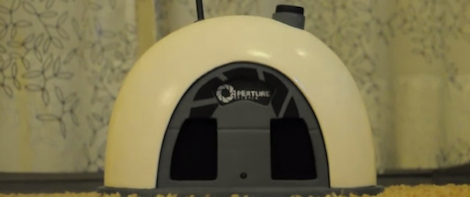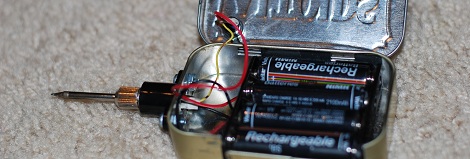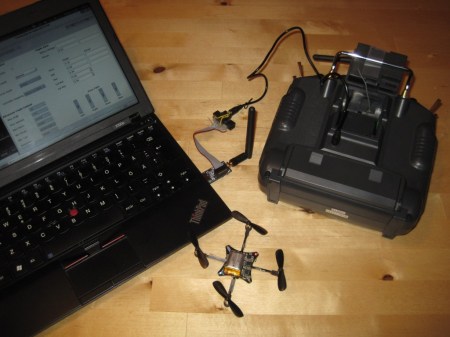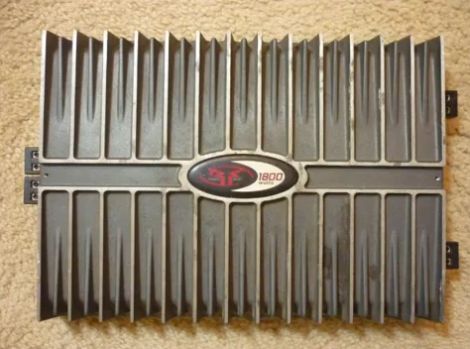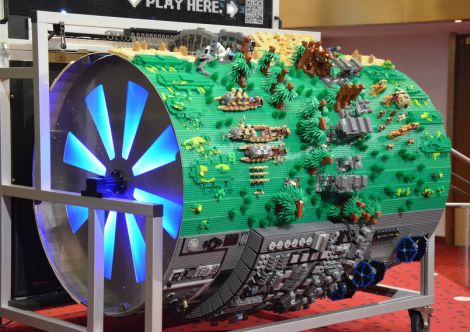We’ve seen Portal gun builds, a few cute turret replicas, and even a miniaturized version of GLaDOS, but [John]‘s Portal radio replica is the first physical version of this oft-forgotten Portal item.
Interestingly, the entire radio is made from scrap. The spheroid body shell is made from the foam insulation from a commercial freezer, carefully sculpted, Bondoed, and painted over the course of 300 hours. The radio guts are taken from an upcycled radio, and powered by either an internal battery or a wall wart DC adapter – perfect for carrying around a test chamber with a portal gun.
Right now, there’s an AM/FM receiver inside the radio along with an audio input so an iPod or such can be plugged in. While we would have loved to see a loop of theuptempo version Still Alive, we’re guessing [John] hasn’t found an easy way to do that with junked parts yet.
Check out [John]‘s build video after the break.
Continue reading “Portal Radio Is Why Valve Needs To Build Hardware”

